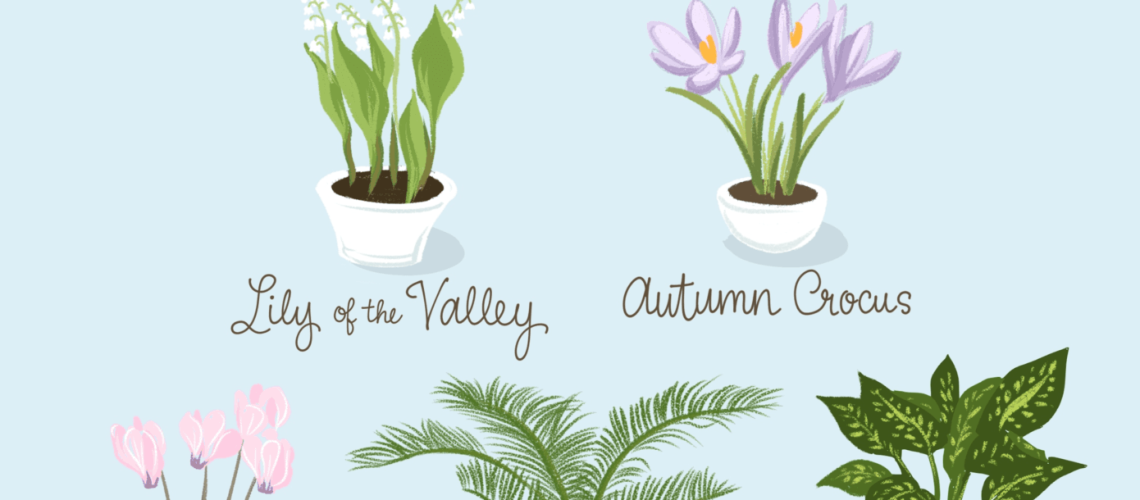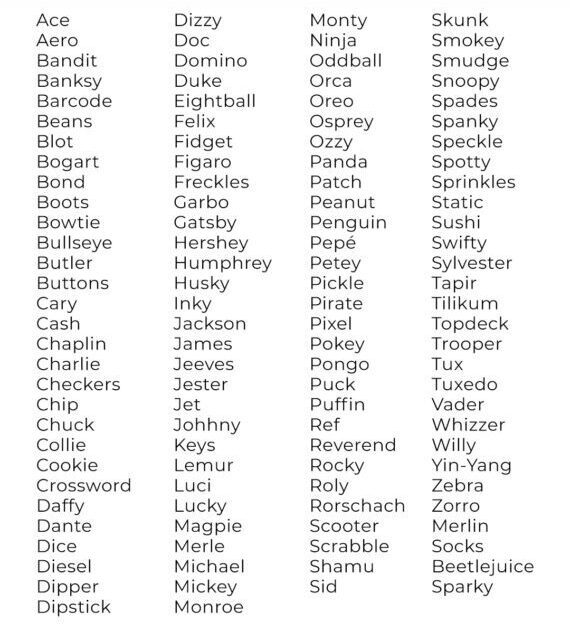Key Takeaways:
- Many autumn plants, such as chrysanthemums and asters, are toxic to dogs if ingested.
- Common items found during autumn, like acorns and chestnuts, can also be harmful to dogs if consumed.
- Symptoms of plant toxicity in dogs may include vomiting, diarrhea, abdominal pain, and difficulty breathing.
- If you suspect your dog has ingested a toxic plant or item, contact your veterinarian immediately for guidance.
- Preventing access to toxic plants and items is crucial to keeping your dog safe during the autumn season.
As the leaves change color and the air turns crisp, autumn brings a sense of beauty and tranquility. But amidst this picturesque season, there lurks a hidden danger for our furry friends. Did you know that there are nine common plants and items in autumn that can be toxic to dogs? Understanding this topic is not only essential for the well-being of our beloved pets, but it also empowers us as responsible dog owners. By delving into the world of autumn hazards, we can ensure a safe environment for our four-legged companions while still embracing the joys of this enchanting season. So let's explore these potential dangers together and equip ourselves with valuable knowledge to keep our dogs happy and healthy throughout autumn and beyond.
Common Autumn Plants That Can Be Toxic to Dogs
Autumn is a beautiful season with colorful leaves and cooler temperatures. However, it's important for dog owners to be aware that some plants commonly found during this time can be toxic to dogs. These plants may cause various health issues if ingested by our furry friends. Some common autumn plants that can be toxic to dogs include:
- Poison Ivy: This plant contains a substance called urushiol, which can cause skin irritation and allergic reactions in dogs.
- Mushrooms: While not all mushrooms are toxic, some wild mushrooms that grow in the fall can be poisonous to dogs and cause symptoms like vomiting, diarrhea, or even organ failure.
- Black Walnut Trees: The nuts and hulls of black walnut trees contain a toxin called juglone, which can be harmful to dogs if ingested.
The Importance of Knowing About Toxic Plants for Dog Owners in the Fall Season
As a dog owner, it is crucial to be aware of toxic plants during the fall season. Dogs are naturally curious creatures and may explore their surroundings by sniffing or even tasting different things they come across. Knowing which plants are toxic can help you prevent your dog from getting sick or experiencing any health issues. By being informed about these plants, you can take necessary precautions like keeping your dog away from certain areas or removing toxic plants from your yard altogether.
How to Identify if Your Dog Has Consumed a Toxic Autumn Plant or Item
If you suspect that your dog has consumed a toxic autumn plant or item, there are several signs you can look out for:
- Vomiting or diarrhea
- Lethargy or weakness
- Loss of appetite
- Excessive drooling
- Difficulty breathing
- Seizures or tremors
If you notice any of these symptoms, it is important to seek veterinary assistance immediately. Time is of the essence when it comes to treating poisoning in dogs, so don't hesitate to contact your veterinarian.
Symptoms and Signs of Poisoning in Dogs from Autumn Plants or Items
Poisoning in dogs can lead to various symptoms depending on the toxic plant or item ingested. Some common signs of poisoning in dogs from autumn plants or items include:
- Gastrointestinal issues: Vomiting, diarrhea, and abdominal pain are common symptoms seen in dogs who have ingested toxic plants.
- Neurological problems: Toxic substances can affect a dog's nervous system, leading to symptoms such as tremors, seizures, or disorientation.
- Respiratory distress: Certain plants can cause breathing difficulties in dogs if consumed.
- Allergic reactions: Dogs may develop allergic reactions like itching, redness, swelling, or hives if exposed to certain toxic plants.
- Organ damage: In severe cases of poisoning, dogs may experience organ damage or failure.
Steps to Take if You Think Your Dog Ate Something Toxic During Autumn
If you suspect that your dog has eaten something toxic during autumn, it's important to act quickly. Here are some steps you should take:
Contact your veterinarian:
If you notice any signs of poisoning mentioned earlier, call your veterinarian immediately. They will be able to provide guidance on what to do next and may ask you to bring your dog in for an examination.
Collect evidence:
If possible, try to gather any remnants of the toxic plant or item that your dog may have consumed. This can help the veterinarian identify the toxin and determine the best course of treatment.
Do not induce vomiting:
While inducing vomiting may be recommended in some cases of poisoning, it is important not to do so without consulting a professional. Some substances can cause more harm if vomited back up.
Follow your veterinarian's instructions:
Your veterinarian will provide specific instructions based on your dog's symptoms and the suspected toxin. It is essential to follow their guidance carefully for the best chance of a positive outcome.
Safe Alternatives and Precautions to Keep Dogs Away from Harmful Autumn Plants and Items
To keep your dog safe during autumn, here are some precautions you can take:
- Avoid planting toxic plants in your yard or garden.
- Regularly inspect your yard for any mushrooms or other potentially harmful items.
- Train your dog to avoid picking up or eating anything they find outside.
- Keep your dog on a leash when going for walks to prevent them from wandering off and coming into contact with toxic plants.
- If you suspect that a certain area may contain toxic plants, create physical barriers or use pet-friendly deterrents to keep your dog away.
By being proactive and taking these precautions, you can minimize the risk of your dog coming into contact with toxic autumn plants or items.
In conclusion, it is important to be aware of the plants and items that can be toxic to dogs during autumn. By being knowledgeable about these potential dangers, we can ensure the safety and well-being of our furry friends.
What plants are hazardous for dogs?
Some plants that can cause issues include lily of the valley, mistletoe, onion and garlic plants, and oak trees. Acorns from oak trees in particular can pose a risk, such as causing blockages in the digestive system.
Are fall leaves toxic to dogs?
While the majority of tree leaves that fall are not harmful to dogs, it is important to be cautious in areas where pesticides are heavily used, as these chemicals can be toxic if ingested by your dog. Even if the leaves come from a plant that is considered safe, consuming excessive amounts can lead to intestinal blockages, which can be a serious issue.
What plants and flowers are not safe for dogs?
Azaleas, buttercups, chrysanthemums, gardenias, gladiolas, hibiscus, hyacinth, hydrangeas, mums, primroses, rhododendrons, and sweet peas are commonly found in gardens and are toxic. This is another important reason to prevent your dogs from accessing your neighbor's prized flower bushes.
Are fall mums safe for dogs?
Mums, also known as Chrysanthemums, are a popular choice for fall flowers but can be mildly toxic to dogs, cats, and horses. If these animals consume mums, they may experience symptoms such as vomiting, diarrhea, excessive drooling, lack of coordination, and skin irritation.
Will dogs eat poisonous plants?
The majority of poisonous garden plants, like granny's bonnet, bluebells, and hellebores, typically only result in an upset stomach if consumed by dogs. Fortunately, most dogs will not eat plants that are harmful to them. These toxic plants would need to be consumed in large quantities to cause any significant harm, which is highly unlikely to happen.
What fall flowers are not poisonous to dogs?
Asters, also known as callistephus chinensis, are a beautiful flower that blooms in the fall and is safe for both dogs and cats. Rayless Goldenrod, also called jimmy weed, is a bushy shrub with vibrant yellow flowers. Although it can be harmful to horses, cattle, and sheep if ingested, it is not considered toxic to cats or dogs.

















